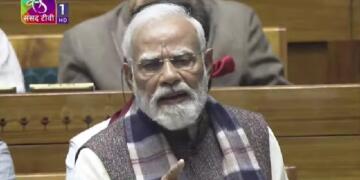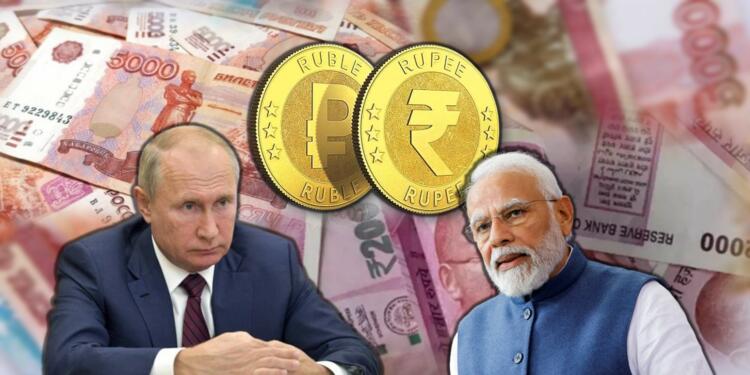Rupee Rouble trade: Rupee trade policy is being harmed by India’s fondness of cheap Russian oil. Based on data from the commerce ministry, it was determined that India’s imports from Russia were around 16 times bigger than its exports in the eight months prior to November.
According to a Bloomberg story citing sources, India’s efforts to establish a Rupee payment system are becoming fruitless because of the widening trade disparity with Russia. According to sources, Russian banks have not yet started making payments in Rupees because they do not want a rupee stockpile.
Ajay Sahai, the Federation of Indian Export Organizations’ director general and CEO, Bloomberg stated “as far as we know, there has been no transaction in Indian rupees so far.”
Trade deficit between both countries
According to figures from the trade ministry, New Delhi’s imports from Russia in the eight months leading up to November were about 16 times greater than its exports. Rupee trading began to take shape as a result of Russia’s conflict with Ukraine, which prompted US-led sanctions. This drove India to increase its purchases of inexpensive oil from Moscow in order to reduce its import bill in the face of rising commodity prices. The system served as a model for creating such agreements with other countries like Sri Lanka and Mauritius.
Dr S Jaishankar advocated for more balance in India-Russian relations during his 2-day visit to Moscow in November. He is especially concerned about how India’s economic ties with Russia are developing. In essence, it benefits Russia only in bilateral commerce. In the first five months of FY23, Russia led bilateral trade by a margin of more than 95%. This concerns EAM Jaishankar.
The concern is genuine as bilateral trade between the two nations increased to almost $18.23 billion between April and August. While Russians consumed only $992.73 million worth of Indian goods, India imported goods from Russia worth $17.23 billion.
On top of that, delayed trade developments between Rupee and Rouble might put additional pressure on the local currency, which has fallen the most against the Dollar among emerging Asian currencies in the last year. The most recent estimates indicate that bilateral trade will reach $30 billion in this fiscal year.
Also Read: RBI paper on mergers: Verdict on bank mergers is out
Rupee Rouble trade: The fight to keep Rupee stable
Throughout the past year, the Rupee has frequently broken many record lows versus the Dollar.
The Reserve Bank of India declared its intention to permit settlement of international trade in Rupees in July. The system is mostly restricted to payments for the import of defence equipment, according to the reports, seven months later.
Because there is no established exchange rate for the Rouble, paying with that currency presents additional difficulties. Consequently, refiners in India also choose to pay in United Arab Emirates’ Dirhams as a substitute.
The largest company in India by market value, Reliance Industries Ltd., and BPCL are two Indian refiners that use Dirhams to pay for some shipments of Russian oil in order to get around Western sanctions.
Although petroleum remains the main commodity traded between the two countries, imports of goods like fertiliser and sunflower oil have increased recently. India’s imports from Russia increased by almost 400% in the eight months leading up to November compared to the same period last year, while exports decreased by 14%.
If these signs are not taken seriously, they will all have a negative effect. The foreign ministry of India and the Indian Export Organizations must look for remedies to this dire predicament.
Support TFI:
Support us to strengthen the ‘Right’ ideology of cultural nationalism by purchasing the best quality garments from TFI-STORE.COM




























